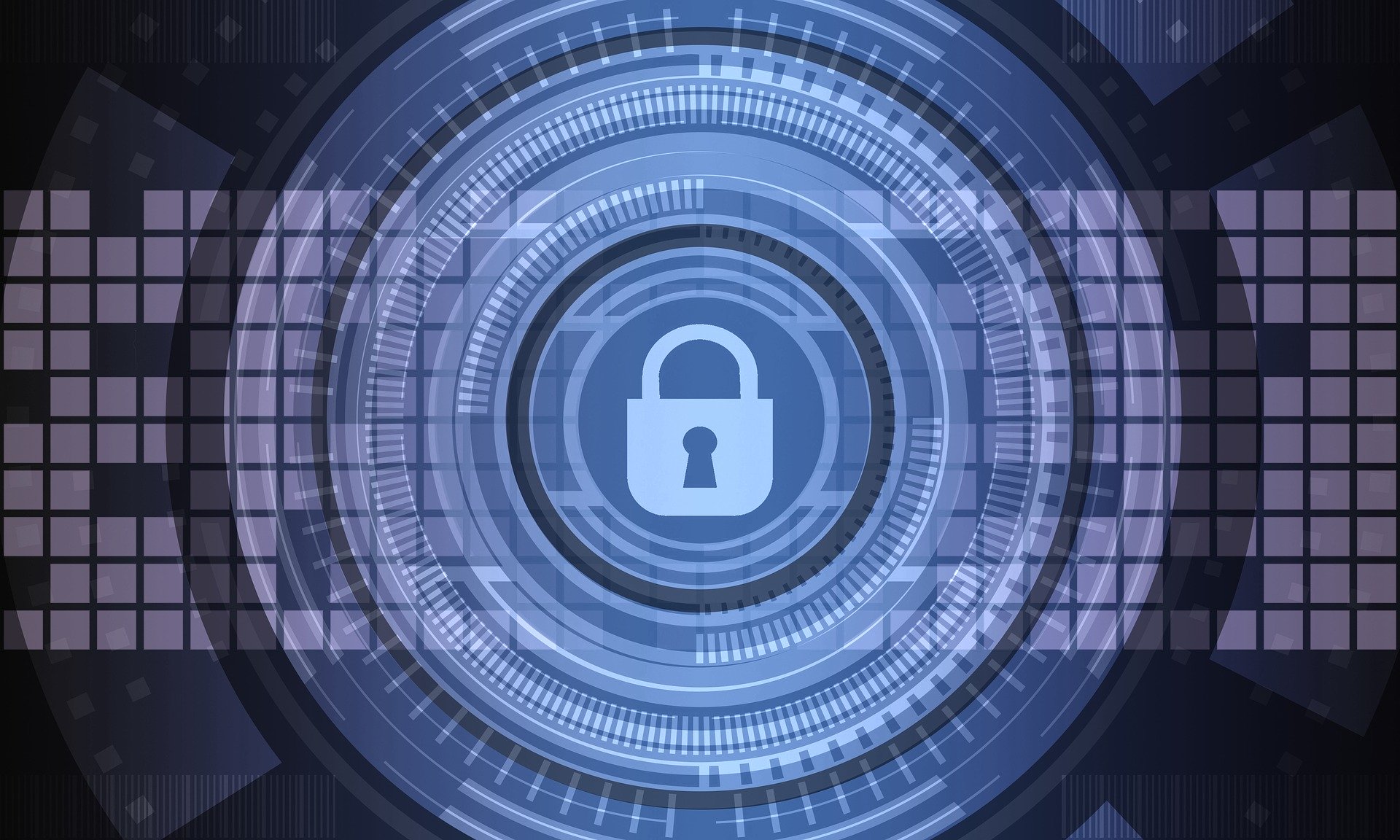If you are an active Internet user, you have definitely come across the term encryption. The word encryption occurs especially when it comes to registration on various online services that can use your personal information. Still, do you really understand what encryption is and what the differences between encryption and a related term known as decryption?
Encryption vs decryption – term explanation
Encryption can be described as a process of a plain text conversion into a text written in a non-readable format or, a cipher text. As you can guess, the reason for encrypting a text is securing the information expressed by this text. Actually, encryption methods are used not only for keeping your personal information provided to the internet services during a registration safe, but also for making your regular conversations secured. Due to encryption, unauthorised parties won’t be able to read the information you are sharing. The process of encrypting is achieved with the use of a secret key.
Now, you can imagine that decryption is a process of deciphering an encrypted text. Thus, it transforms a non-readable text into a text that can be read by anyone. This process also uses a secret key.
Why encryption and decryption are important?
First of all, encryption makes it possible to keep your essential personal information, for instance, passwords, protected. Obviously, this extremely crucial for a safe use of the Internet services.
Secondly, the processes of encryption and decryption included into programmes and applications designed for chatting ensure your information stays private.
Moreover, encryption methods are also used as anti-plagiarism tools. Once your data is encrypted, another person won’t be able to use it without decrypting it which is possible only with a secret key we have mentioned before. Thus, encryption and decryption are highly important making all our data safe. In addition to it, using encryption helps to protect documents from illegal changes.
The entire network communication can be protected against hackers’ attacks by the use of encryption and decryption systems.
Crucial differences between an encryption and decryption processes
Now, when you understand what encryption and decryption are and what the main reasons for using them are, it is time to look at the differences between these two processes.
A form of a message
Encryption is performed on a message available in the form of plaintext. For this process, a secret key is also needed.
Decryption is performed on a so-called cypher text with the use of a secret key as well. In this case, plaintext is an output.
These manipulations with texts are major functions of encryption and decryption.
The place where the processes occurs
Since encryption is performed on plaintext, it happens at the sender’s end. At the receiver’s side, the process of decrypting of the cypher text occurs.
The means performing the process
In case of encryption, the process occurs automatically while the machine is receiving the data. This can be achieved with the help of a special pre-installed programme. Your information is translated into a code before it will send to the receiver.
Consequently, decryption is performed on the machine of the receiver where the cypher text is transformed into its original form.
The most popular types of encryption and decryption
Undeniably, there are several types of encryption and, as a result, there are also several types of decryption. Let’s look at the most widely used examples of them.
The simplest form of encryption and decryption is based on a symmetric key which means that the algorithm of these processes is using the same key for both encrypting the information and deciphering it.
Asymmetric key algorithms are suing two types of keys which are public and private ones. Note that both of these keys are used for encryption. The purpose of a public key is encrypting the data which is then sent to the receiver. Its crucial feature is being available to random users. At the time, a private key is used not only for encrypting information but also for its decrypting. Only a message receiver has access to this key.
There is also a pre-shared key which is actually a secret key that is shared between a sender and receiver before they start changing information.
Conclusion
Despite all these crucial differences, encryption and decryption are still inter-related and both of them are major tools used for achieving the privacy of data. As a result, both of these processes are a part of cryptanalysis and cryptology.
Beyond a shadow of a doubt, safe sharing information over the Internet is absolutely impossible without modern methods of encryption and decryption since hackers can easily reach unprotected data.

